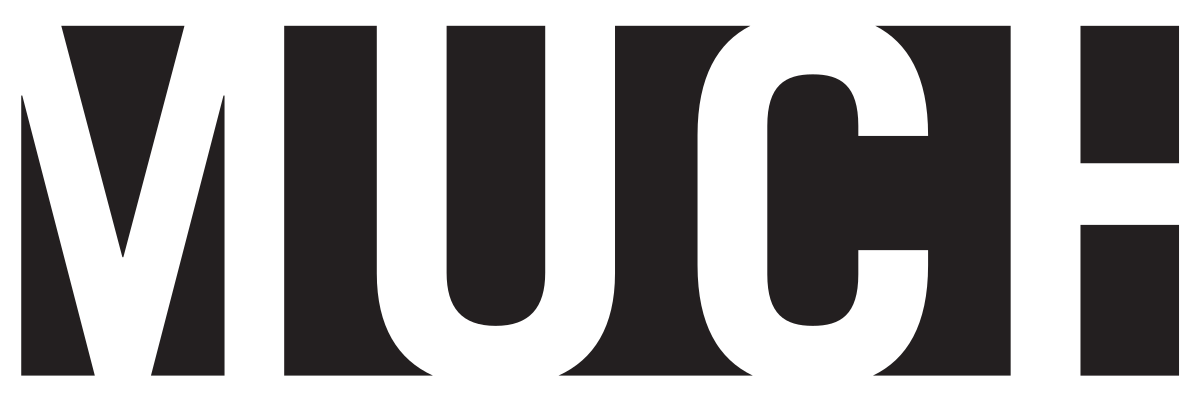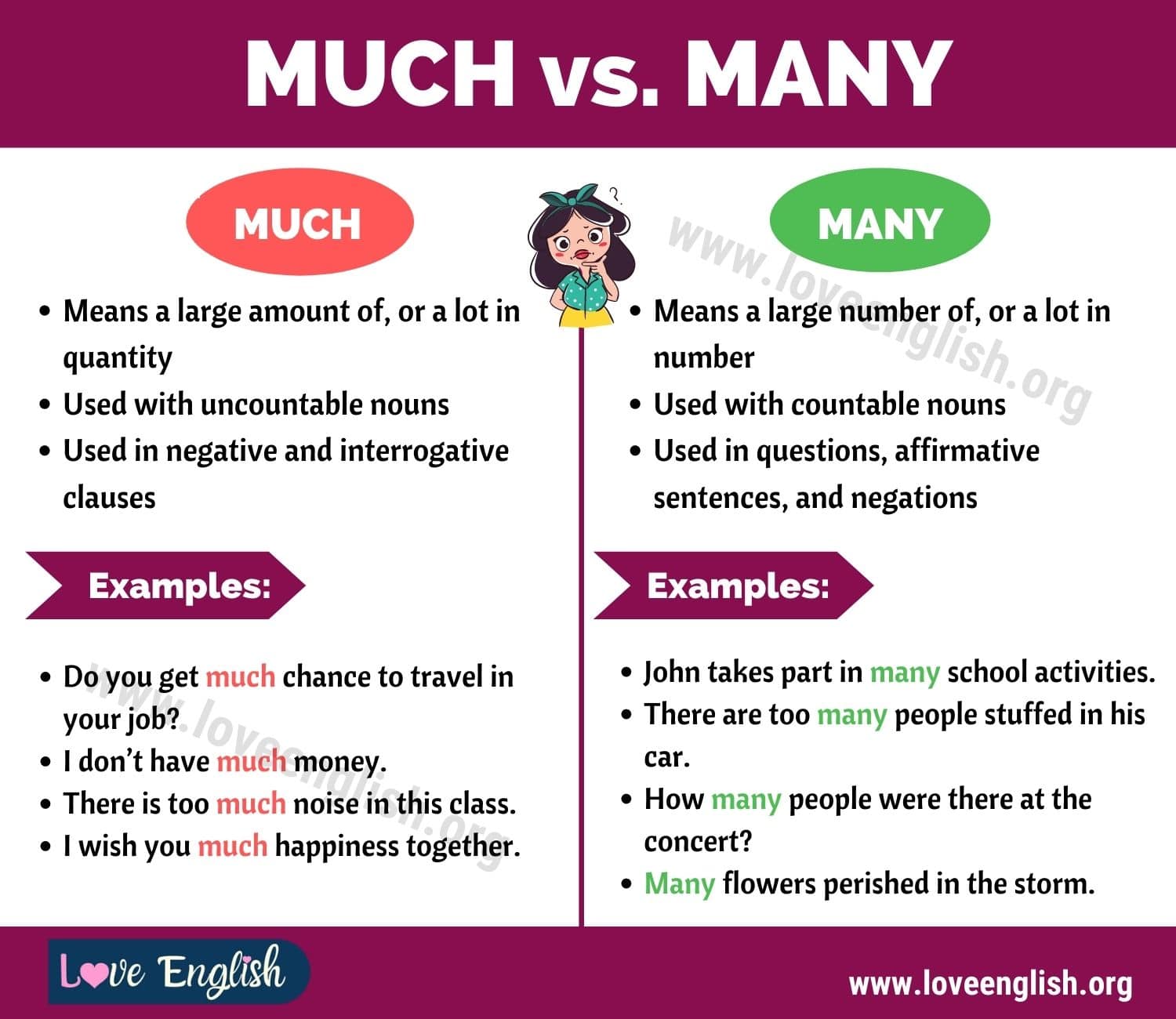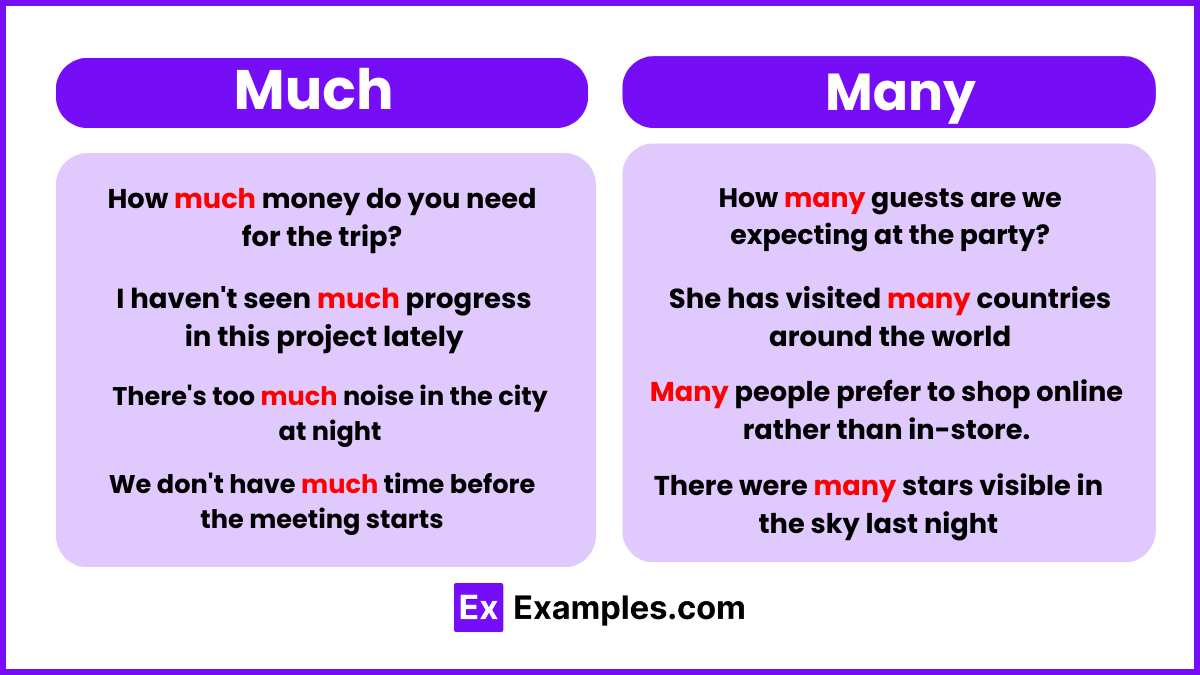Have you ever wondered about the actual stake Steve Jobs held in Apple, the company he helped bring into being, then famously departed, and later rescued? It's a question many people ask, particularly those curious about the history of technology and the figures who shaped it. Understanding how much of something a person possessed, like a great quantity or a large amount, really helps us grasp their influence and personal connection to a venture.
His ownership story is, quite frankly, a bit more winding than you might first expect. It wasn't a steady, unchanging percentage from the start to the finish. In fact, his stake went through some pretty dramatic shifts over the years, mirroring the ups and downs of Apple itself, so that's a story worth looking into.
Today, we're going to explore the journey of Steve Jobs' ownership in Apple, from its very beginnings, through his time away, and right up to his final days. We'll look at the significant moments that changed his holdings, giving you a clearer picture of his financial connection to the company he co-founded, you know, the one that changed so much about our world.
Table of Contents
- Steve Jobs: A Brief Biography
- The Early Days and Founding Stake
- The Departure and the NeXT Chapter
- The Return to Apple: A New Chapter
- Pixar and the Disney Deal
- His Final Stake at Apple
- Frequently Asked Questions About Steve Jobs and Apple Ownership
- A Legacy of Influence
Steve Jobs: A Brief Biography
Steve Jobs, born in San Francisco, California, on February 24, 1955, truly had an impact on the world of personal computing and digital media. He was, in a way, a visionary who saw what technology could become for everyday people. His story, you know, involves both great successes and some pretty significant setbacks.
He co-founded Apple Computer with Steve Wozniak in 1976. That, as a matter of fact, was just the beginning. After leaving Apple in 1985, he started NeXT and also bought a little company called Pixar. His return to Apple in 1997 marked a huge turning point for the company, honestly, bringing it back from the brink. He passed away on October 5, 2011, leaving behind a truly remarkable legacy.
Personal Details and Biographical Data
| Detail | Information |
|---|---|
| Full Name | Steven Paul Jobs |
| Born | February 24, 1955, San Francisco, California, U.S. |
| Died | October 5, 2011 (aged 56), Palo Alto, California, U.S. |
| Nationality | American |
| Education | Reed College (did not graduate) |
| Occupation | Co-founder of Apple Inc., CEO of Apple Inc., CEO of Pixar, Founder of NeXT Inc. |
| Spouse | Laurene Powell Jobs (m. 1991) |
| Children | Lisa Brennan-Jobs, Reed Jobs, Erin Jobs, Eve Jobs |
| Known For | Co-founding Apple, iPhone, iPod, iPad, Mac, Pixar Animation Studios |
The Early Days and Founding Stake
When Apple Computer Company first started in 1976, it was a partnership between Steve Jobs, Steve Wozniak, and Ronald Wayne. Ronald Wayne, you know, actually held a 10% stake in the beginning. However, he sold his share back to Jobs and Wozniak just 11 days later for a very small amount, something like $800, which, in retrospect, was a tiny sum for what it became.
After Wayne's departure, Jobs and Wozniak each held a 50% stake in the fledgling company. This was before Apple went public. When Apple did go public in December 1980, the ownership structure changed considerably. Steve Jobs held a very significant number of shares at that time. He owned about 15% of the company, which was, in fact, a great quantity of stock for an individual.
This initial public offering made him quite wealthy, almost immediately. That 15% ownership was a pretty substantial extent of the company, especially considering the massive value Apple would eventually reach. It shows, in a way, how much confidence he had in what they were building, even then.
The Departure and the NeXT Chapter
The year 1985 marked a really pivotal moment in Steve Jobs' relationship with Apple. After some disagreements with the company's board and its then-CEO, John Sculley, Jobs was, you know, essentially pushed out. This was a pretty painful period for him, a very difficult separation from the company he had co-founded.
Upon his departure, Steve Jobs sold almost all of his Apple stock. He kept only one share, reportedly to ensure he would continue to receive annual reports, which is a bit of a symbolic gesture, isn't it? This meant that for a period, his direct ownership of Apple was, in fact, virtually nothing, a far cry from the large quantity he once held.
With the proceeds from selling his Apple shares, and a desire to continue innovating, he founded NeXT Inc. in 1985. NeXT focused on building high-end workstations for the education and business markets. This venture, you know, was his primary focus for over a decade, and it showed his determination to create new things, even outside of Apple.
The Return to Apple: A New Chapter
Fast forward to 1996. Apple was in a pretty tough spot, struggling significantly and facing financial difficulties. They needed a new operating system, and they looked to NeXT. In December 1996, Apple announced its intention to acquire NeXT for a sum of $400 million in cash. This acquisition, in fact, brought Steve Jobs back to Apple, initially as an advisor.
As part of the deal, Jobs received 1.5 million shares of Apple stock. This was his new starting point for ownership, a new large amount after having almost no shares for so long. He quickly took on a more active role, becoming interim CEO in 1997, and then officially CEO in 2000. During this time, he famously sold back most of his 1.5 million shares, keeping only a single share once again, reportedly to show his belief in the company's future and to tie his compensation more directly to performance incentives rather than stock ownership.
It's interesting, really, that he chose to have such a small direct ownership stake during the period he was leading Apple's incredible turnaround. This move, you know, might seem counterintuitive to some, but it clearly showed his commitment was not solely tied to the number of shares he personally held. He was, as a matter of fact, deeply invested in the company's success in a way that went beyond mere stock percentages.
Pixar and the Disney Deal
While Steve Jobs was away from Apple, he made another very shrewd investment. In 1986, he bought the computer graphics division of Lucasfilm, which later became Pixar Animation Studios. He invested a considerable amount of his own money into Pixar, you know, keeping it afloat during its early, less profitable years.
Pixar eventually found huge success with films like "Toy Story." In 2006, The Walt Disney Company acquired Pixar in an all-stock deal worth $7.4 billion. As the largest shareholder of Pixar, Steve Jobs received approximately 7.1% of Disney's stock in this transaction. This made him, in fact, the largest individual shareholder in Disney, holding more shares than even Disney family members.
This Disney stock became, quite frankly, the vast majority of Steve Jobs' personal wealth. So, while he had a very small direct ownership in Apple during his second tenure, his financial standing was significantly bolstered by his Disney shares. It's a fascinating twist, really, that his wealth was tied more to a different entertainment giant than the tech company he led to such great heights.
His Final Stake at Apple
At the time of his passing in October 2011, Steve Jobs owned a relatively small number of direct shares in Apple. He held just 5.5 million shares of Apple stock. Now, while 5.5 million sounds like a very large amount to most people, it represented a surprisingly small percentage of the company's total outstanding shares at that time. It was, in fact, only about 0.25% of Apple.
This figure is quite different from his initial 15% stake when Apple first went public. It really highlights how his relationship with the company's ownership changed over the years. His influence, you know, was clearly not measured by the quantity of stock he held directly in his later years. His power came from his vision, his leadership, and his incredible ability to shape products that resonated with millions of people.
So, in terms of "how much did Steve Jobs own of Apple" at the very end, it was a relatively small percentage of direct shares. His true "much," as in a great quantity or degree of influence, came from his role as CEO and product visionary, not just his personal stock portfolio in Apple itself, which is a bit of an interesting point, don't you think?
Frequently Asked Questions About Steve Jobs and Apple Ownership
Did Steve Jobs own Apple when he died?
When Steve Jobs passed away in 2011, he did own shares in Apple, but it was a relatively small percentage. He held about 5.5 million shares, which amounted to roughly 0.25% of the company's total stock. His primary wealth, you know, actually came from his much larger stake in Disney, acquired through the sale of Pixar.
How much of Apple did Steve Wozniak own?
Steve Wozniak, who co-founded Apple with Jobs, also held a significant stake in the early days, starting with 50% alongside Jobs. Over time, as the company grew and went public, his ownership percentage changed. He did sell off a lot of his shares over the years, though he still holds a smaller, symbolic amount, as a matter of fact, and remains an Apple employee.
Who owns Apple after Steve Jobs died?
After Steve Jobs' passing, his Apple shares, like any other assets, were transferred to his trust and then to his widow, Laurene Powell Jobs, and their family. So, in a sense, his family inherited his ownership. However, no single individual or entity owns a large controlling stake in Apple. It's a publicly traded company, you know, owned by millions of shareholders, including large institutional investors, mutual funds, and individual investors.
A Legacy of Influence
The story of Steve Jobs' ownership in Apple is, in a way, a fascinating reflection of his journey. From a large initial stake to almost nothing, and then a small but significant re-entry, his financial connection to Apple changed quite a bit over the years. What remained constant, however, was his immense influence and passion for the company he helped create.
His story shows that "much" can mean more than just a large quantity of shares; it can also mean a great degree of impact and vision. His ability to reshape industries, from personal computers to music and mobile phones, demonstrates a kind of ownership that goes far beyond stock certificates. It's a legacy that continues to shape our world, you know, even today.
To learn more about Apple's incredible history on our site, and link to this page for more insights into influential tech figures.



Detail Author:
- Name : Bill Welch I
- Username : noah69
- Email : verlie71@breitenberg.info
- Birthdate : 1974-02-21
- Address : 54688 Hand Parkways Suite 248 Port Bethelport, OH 23070
- Phone : (814) 615-9630
- Company : Ankunding-Wiza
- Job : Medical Sales Representative
- Bio : Ipsum et sit ut aut in. Doloremque incidunt consequuntur et et dolores sit et. A enim culpa repellendus.
Socials
linkedin:
- url : https://linkedin.com/in/robertsm
- username : robertsm
- bio : Aliquam odio nihil rerum non.
- followers : 808
- following : 338
instagram:
- url : https://instagram.com/moses1932
- username : moses1932
- bio : Asperiores deleniti impedit sunt. Repellat ipsum ad odit qui. Qui ipsam explicabo accusamus aut.
- followers : 873
- following : 1513
twitter:
- url : https://twitter.com/mroberts
- username : mroberts
- bio : Repudiandae eligendi dolores laborum asperiores odit. Omnis eveniet quo qui minima est. Doloremque accusamus maxime incidunt.
- followers : 1264
- following : 1912
tiktok:
- url : https://tiktok.com/@moses_roberts
- username : moses_roberts
- bio : Hic perferendis exercitationem dicta et ut laboriosam voluptas minima.
- followers : 3823
- following : 2259
facebook:
- url : https://facebook.com/robertsm
- username : robertsm
- bio : Sint aperiam voluptatem et debitis ut sed nulla.
- followers : 6011
- following : 2350